
2020 BMW iX3 Press Images Leaked, Europe Launch Soon?
- May 4, 2020
- Views : 2613

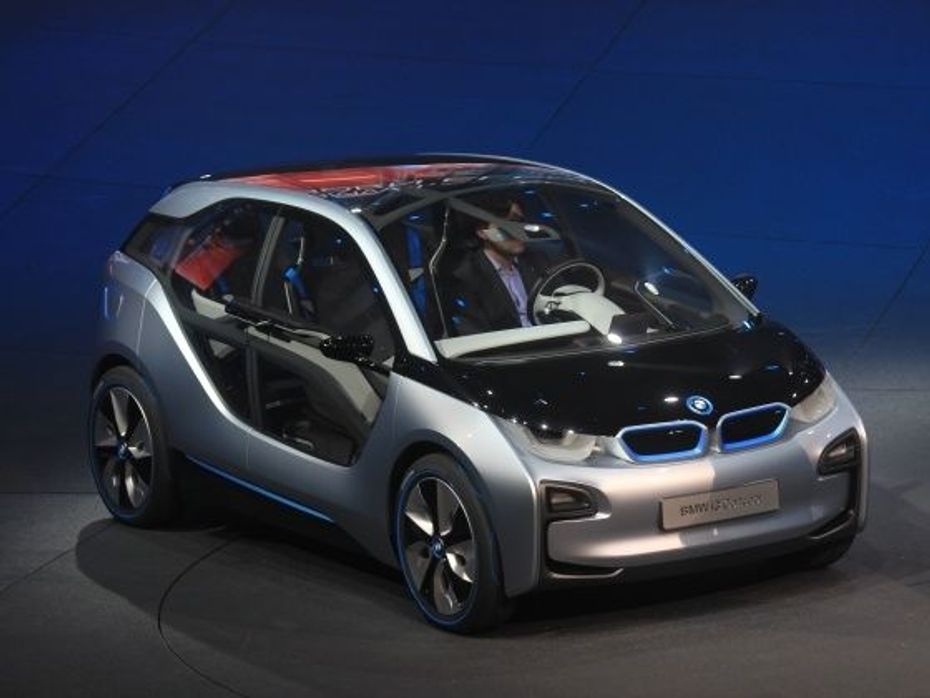
Today the thought of going electric might seem unfeasible and there are many arguments that support the fact that it is indeed true. First and foremost is the lack of infrastructure on a global level. While some countries are working towards setting up recharge points and looking at ‘battery swapping’ stations, there are still a lot of countries that don’t have enough energy in the first place, let alone divert a whole lot towards running electric cars. Solutions seem to only work on the micro level at not at a macro application. Further to this, the vehicles are heavy, offer a limited range and take a long time to recharge. Hybrid applications are more feasible and make sense as they offer the ability to regenerate energy on the move, but there is a strong argument that hybrids are only an interim solution for they only lower the pressure on fossil fuel consumption. Regardless, while the general notion is to go green, the concept of ‘how’ seems to be in the grey area. Skeptics might rip this line of thought apart; however there is another side to this coin and that is the fact that today global manufacturers stand at the brink of a paradigm shift on what a vehicle should be. If an analogy has to be drawn, this period is symbolic of the time when the automobile first rolled out and horse drawn carriages were the primary mode of transport. At that time, the automobile was considered to be unreliable, slow and it’s just a guess but I am sure that people most probably found them to be too noisy and rickety. Obviously the notion toward the automobile changed and the face of this planet changed for transportation went under a paradigm shift at that point.
This brings me to BMW. BMW has been at the forefront of introducing automotive technology to the world. The company has continuously offered cars that are thrilling, stylish and very tech savvy, so when the company announced their plan to launch a sub brand, namely BMWi, where the focus would be on sustainable mobility, the automotive world was obviously keen on seeing where this was heading. Work on the sub brand began in 2007 when BMW set up a think tank on planning for the future and coming up with suitable programs for sustainable mobility. No doubt, BMW believes that we are at the brink of another shift in automotive engineering. We are at a turning point in terms of what we expect from vehicles and how they should perform. However what is most convincing is the fact that a global brand has announced their definitive plan to support and further the concept of going electric. This is the realm of BMWi and showcased to the world market for the first time were two almost production ready concepts namely the i3 megacity car and the i8 sports concept.
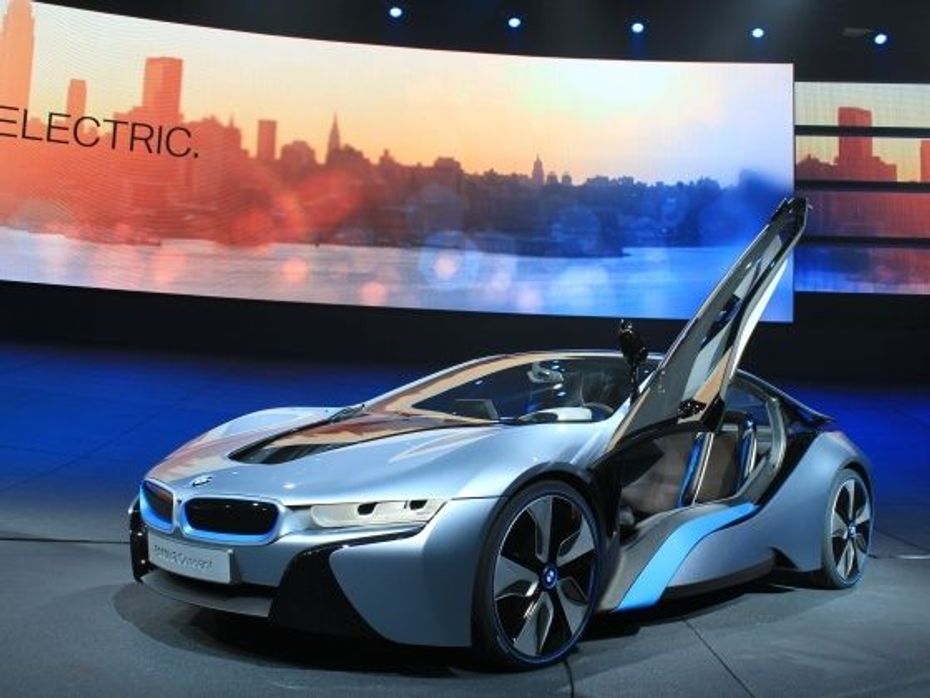
The two cars showcased under the BMWi brand boast of cutting edge design, new material use as well as an innovative technologies employed in body construction, powertrain development, packaging as well as interior functionalities. The i3 is an all electric urban people mover that has the ability to drive between 150-160 kilometers on a single charge. Despite an all electric drive, it still retains BMW’s genes in terms of offering exhilarating performance and is said to retain the genes of being a great driver’s car. It comes fitted with a 125Kw electric motor that powers the rear wheels and generates 250Nm of torque from standstill. Powering the rear wheels, in true BMW fashion, the i3 proves to be a throwback to a quintessential BMW that has a penchant for dynamic handling. The i3 is capable of going from 0-100 km/h in less than 8 seconds and this is largely due to the way the vehicle is constructed. Featuring a carbon passenger cell (CFRP), the i3 Concept weighs only 1250 kilograms. It can seat four people in comfort and offers 200 liters luggage space, which is rather practical for a city car. To add to the whole practical aspect, the i3 comes fitted with a high speed charger that is capable of achieving an 80 per cent battery charge in a single hour.
The i8 concept, which is based on the BMW Vision Efficient Dynamics concept car, boasts of being a sports car that offers the running cost of a low-cost car. It’s a hybrid that mates a small petrol engine to an elaborate electric motor system and together it has the ability to really burn some rubber. The i8 Concept goes from 0-100 in less than 5 seconds and also manages to return a fuel consumption of under 3 liters per 100km. Making all of this possible is the mating of a conventional engine with an electronic drive and basing the vehicle architecture on a whole new platform. The power system (petrol engine + electric motor combination) offers an output of 250Kw and generates a healthy 300Nm of torque which allows for some rather dynamic driving. Since it is a plug in hybrid, it also operates in pure electric mode and can be driven for 35 kilometers on a single charge. For high speed dynamic driving and out of town journeys, a high performance three cylinder petrol engine also comes into play. The i8 has an electronically governed speed limiter to 250 km/h and has space inside for up to four occupants. It literally is a sports car for a whole new generation. The i8 also follows the same construction principles as the i3 in terms of the LifeDrive architecture; however it has a layout that is suitable for hybrid systems. The two cars stand as testimony towards what the world expects in terms of sustainable mobility for the future. However it is the thought behind these cars and which the brand is set up on that actually defines the way forward.
BMW i3 CONCEPT STUDY
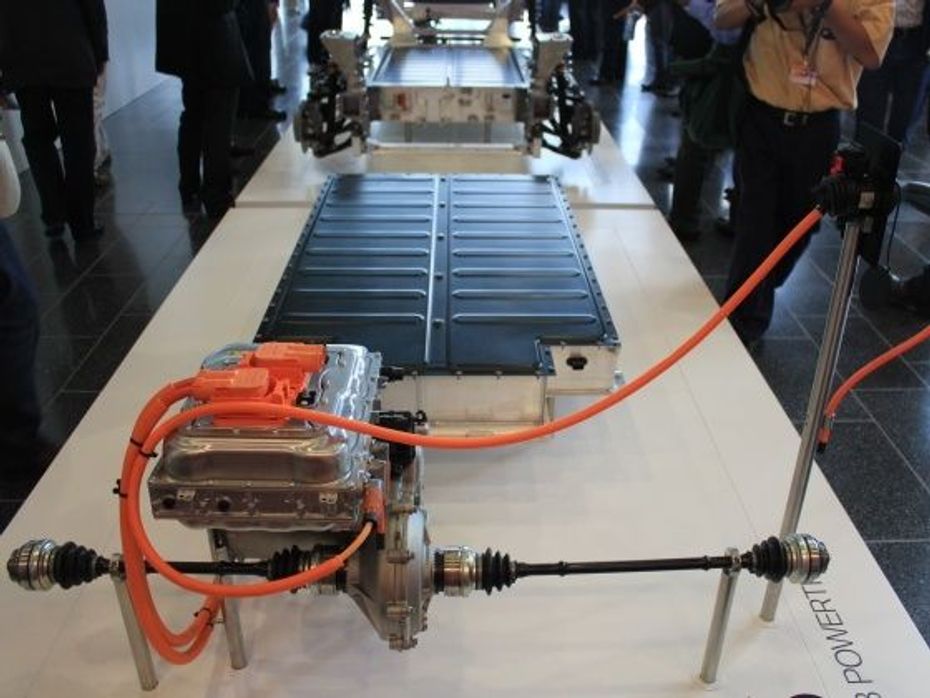
The BMWi sub brand is built on a whole new set of principles. Not only do the vehicles have to deliver in terms of being suitable solutions for sustainable mobility, the entire brand has to function along those lines. In order to achieve this, BMW did away with the thought of current vehicle build and evolution. Basing a hybrid or an electric car on a current vehicle and pulling off a conversion isn’t what this sub brand is about. This brand is about creating the ideal solution and to achieve this BMW had to go back to the drawing board and literally build from a clean piece of paper. BMWi is that solution and the prototypes are testimony to this new school of vehicle manufacturing. By building from the ground up, BMWi has been able to package the powertrain, drivetrain, batteries, transmission and a host of other features in a suitable platform that can then have a body fitted to it. Unlike conventional conversions, where the car got heavier and there was a serious loss of space due to the added electronics and battery pack, the concepts have been designed around the material instead of vice versa; therefore the packaging has allowed for an abundance of space for passengers and luggage and has also worked out to be lighter to build. This line of thought is the basis of the BMWi LifeDrive architecture. LifeDrive essentially comprises two separate, independent functional units. The Drive module integrates the vehicle’s suspension, battery, drive system, and structural and crash functions into a construction made chiefly from aluminium. Its partner, the Life module, consists primarily of a high-strength and extremely lightweight passenger cell made from carbon fibre-reinforced plastic (CFRP). The use of this high-tech material across large sections of the car ensures that the Life module is remarkably light and, in so doing, helps to achieve both impressive range and improved performance. Added to which, the car’s handling is also much enhanced, and the functional connection between the Drive module and the torsionally rigid Life module lends it a very distinctive dynamic character. The use of CFRP on this scale is unprecedented. Indeed, with the creation of its LifeDrive architecture the BMW Group has taken lightweight design, vehicle architecture and crash safety into a whole new dimension.
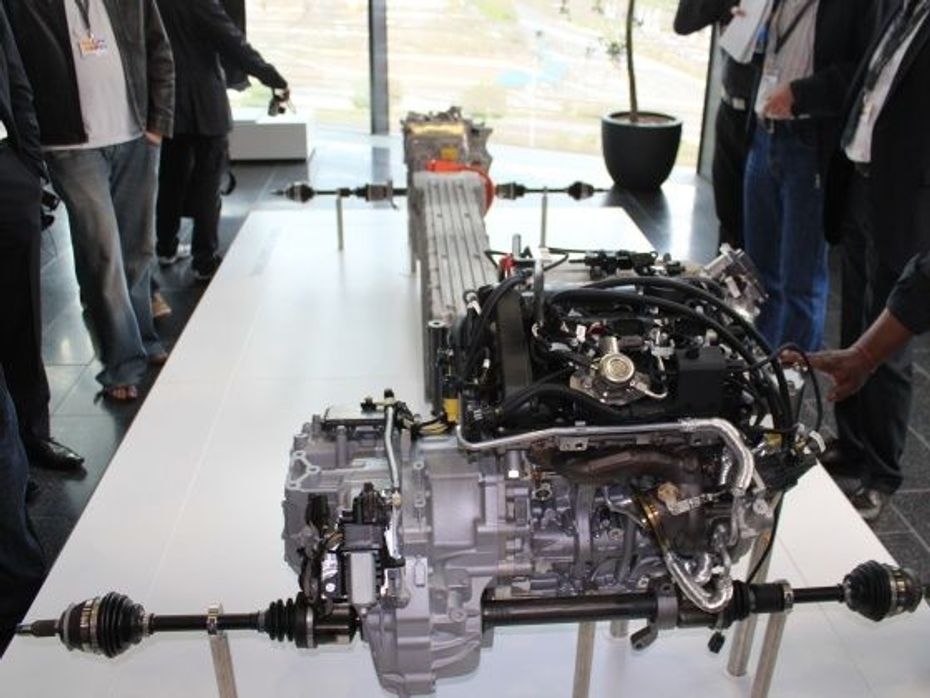
With BMW i, the BMW Group is corroborating its position as the most innovative and sustainable auto manufacturer in the world. In addition to purpose-built premium vehicles, namely the i3 and i8, the company is also offering intelligent mobility services. These services encompass solutions for improved use of parking space, intelligent navigation systems with location-based information, internet based application services, intermodal route planning and car-sharing schemes. Thanks to the integration of the internet, smartphones and the vehicle, such solutions which seemed extremely difficult a few years ago, has now become a production reality. Basically, these cars not only boast of high end class redefining construction methods, they also boast of some seriously capable instrumentation and infotainment systems that take the level of in car information to a whole new strata.
BMW i3 CONCEPT STUDY
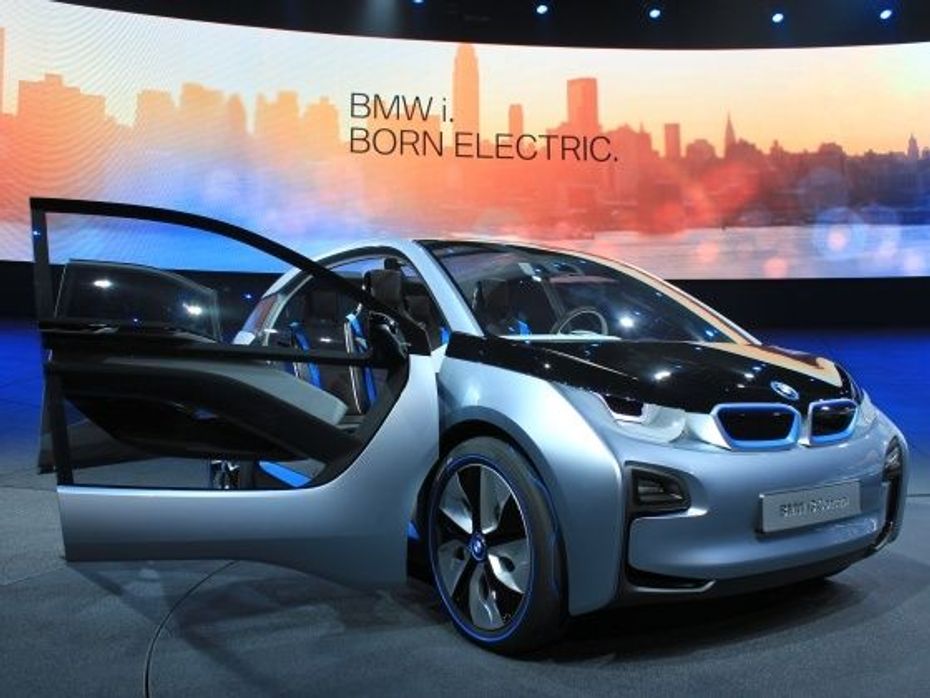
No doubt, as we stand on this brink of change, it is certain that BMW has taken the task of mobility for the future very seriously and the company has also opened the doors on how it intends on lowering environmental pressures and damage. Products such as the i3 and i8 are the need of the hour and before you write them off as brilliant technology showcases, you will be pleasantly surprised to hear that the two BMWi brand cars are set to hit the market shortly. The BMW i3 will be the first to launch in 2013 and this will be followed by the BMW i8, which will make is debut in 2014. Both the BMW i3 and the BMW i8 will be built at BMW’s Leipzig plant in Germany. The company has earmarked about 400 million euros for investment in new buildings and facilities by 2013, while 800 new jobs are to be created. Vehicle production will be CO2 neutral and will draw on renewable resources. The company is currently investigating the possibility of erecting its own wind turbines on the plant site, for eventually the purpose of BMWi is to be sustainable, and not just at the product level but in its every gene, which includes the plant, manufacturing process and finally the products themselves.
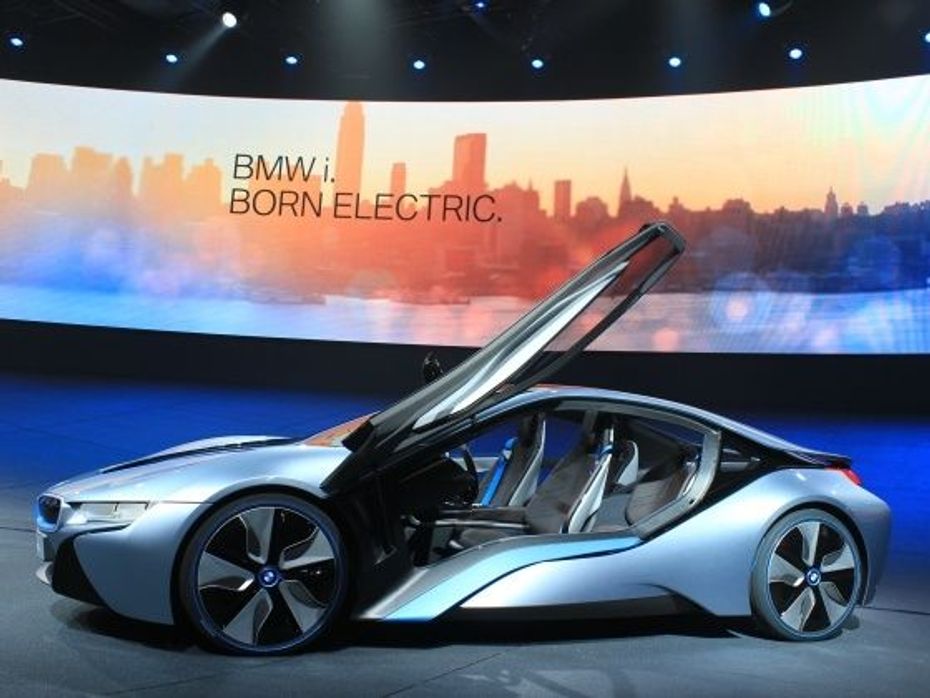
Some might argue about what will happen in the future, but today I think it would be easier to say that the future is here and a paradigm shift in automotive technologies has already begun. The future is going to be electric, not just in terms of mobility, but further up the value chain as well. It’s a new horizon, a new outlook and the beginning of a new generation that is going to be born electric.
BMW i3 CONCEPT STUDY

2020 BMW iX3 Press Images Leaked, Europe Launch Soon?

BMW i8 Roadster Showcased At Auto Expo 2018

BMW i8 Roadster Unveiled; Coupe Gets An Update

BMW i8 Roadster Launching In 2018

BMW Officially Reveals Camouflaged i8 Roadster - Which We've...

New BMW i8 to make more power

BMW confirms three new electric ‘i’ models

BMW i8 is the world’s largest-selling hybrid sportscar

2015 ZigWheels Awards: Technology of the Year (Cars)-BMW i8
India's largest automotive community
 Here Are Some Adrenaline Pumping Experiences From Auto Expo 2025 That You Should Not Miss!
Here Are Some Adrenaline Pumping Experiences From Auto Expo 2025 That You Should Not Miss!
 All You Need To Know About The Surprise Element At Auto Expo 2025: BMW iX1 LWB
All You Need To Know About The Surprise Element At Auto Expo 2025: BMW iX1 LWB
 Hyundai Creta Electric Reaches Dealerships, Here’s A List Of Its Pros And Cons Before You Check It Out!
Hyundai Creta Electric Reaches Dealerships, Here’s A List Of Its Pros And Cons Before You Check It Out!
 MG Showcases A PHEV At Auto Expo 2025: The MG HS PHEV
MG Showcases A PHEV At Auto Expo 2025: The MG HS PHEV
 BMW M5
Rs. 1.99 Crore
BMW M5
Rs. 1.99 Crore
 BMW X1
Rs. 50.80 Lakh
BMW X1
Rs. 50.80 Lakh
 BMW X7
Rs. 1.29 Crore
BMW X7
Rs. 1.29 Crore
 BMW X5
Rs. 96.00 Lakh
BMW X5
Rs. 96.00 Lakh
 BMW Z4
Rs. 90.90 Lakh
BMW Z4
Rs. 90.90 Lakh
 Land Rover Range Rover
Rs. 2.36 Crore
Land Rover Range Rover
Rs. 2.36 Crore
 Volvo XC90
Rs. 1.00 Crore
Volvo XC90
Rs. 1.00 Crore
 Mercedes-Benz GLA
Rs. 50.80 Lakh
Mercedes-Benz GLA
Rs. 50.80 Lakh
 Toyota Vellfire
Rs. 1.22 Crore
Toyota Vellfire
Rs. 1.22 Crore
 Porsche 911
Rs. 1.98 Crore
Porsche 911
Rs. 1.98 Crore